Galaxy S9 and S9+ display review: Is it really the best?
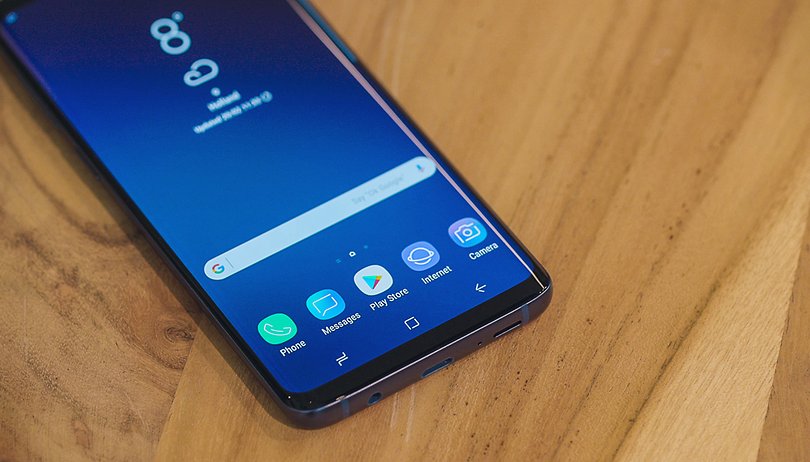

The displays of the Samsung Galaxy S9 and the larger S9+ have been touted as the very best in the mobile world. Is that really so? We've put Samsung's Super AMOLED panels to the test in this in-depth review!
What kind of display are we talking about?
The Samsung Galaxy S9 has a 5.8-inch display that covers 83.6% of the front surface while the larger S9+ has a 6.2-inch display with slightly thinner bezels, with a screen-to-body ratio that reaches 84.2%.
The 18.5:9 format is used on both devices, resulting in both being slightly taller than most new devices on the market. The curvature on the sides is still there, even though it's slightly less pronounced than the very curvaceous S8 and S8+.
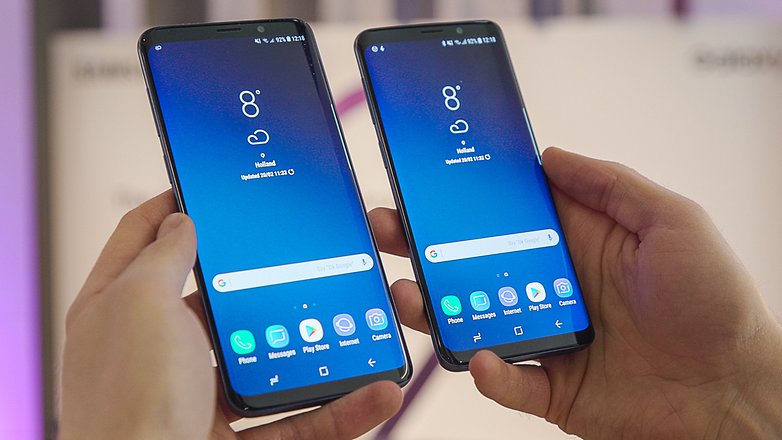
On both models you'll find a Super AMOLED panel that is also produced by Samsung, with a resolution of 1,440 x 2,960 pixels. Given the difference in size, the Galaxy S9 has a slightly higher pixel density: 570 ppi against the 529 ppi of the Galaxy S9+.
Both smartphones are protected by Gorilla Glass 5 glass and and have a pressure sensor in the location of the home button.
Diamond shaped pixels
Samsung uses a sub-pixel arrangement called Diamond Pixels for these OLED panels. From the image provided by Samsung we can see how the blue sub-pixels are the largest, and this is because they are aren't as efficient at emitting light. The green sub-pixels are smaller because they emit more light.
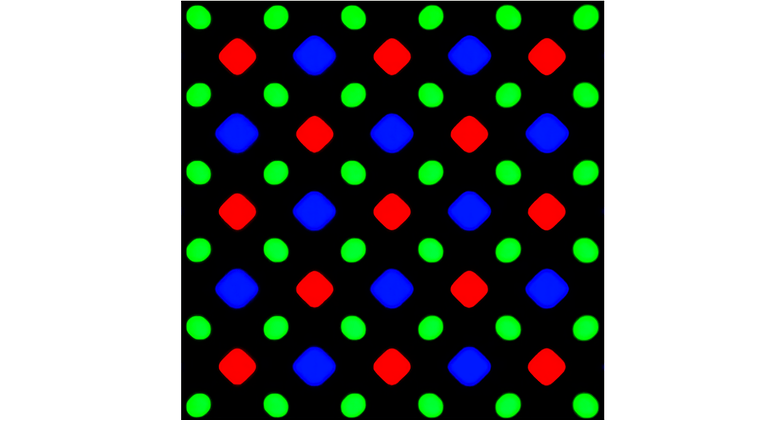
The alternation of the red and blue sub-pixels guarantees a diagonal symmetry at 45°: this allows the vectors displayed on the screen vertically, horizontally and above all diagonally to suffer a reduced aliasing effect and present minor artefacts.
To ensure the highest possible pixel density per inch, Samsung uses red and blue diamond-shaped sub-pixels. The green sub-pixels are oval-shaped due to their small size.
The most accurate colors ever seen
Though, we can see and admire the quality with our own naked eyes, it is not AndroidPIT who gives the Galaxy S9 the title of best display in the world, but rather Display Mate. Seeing may be believing, but we decided to put the displays to the test anyway for the sake of having some more scientific objectivity.
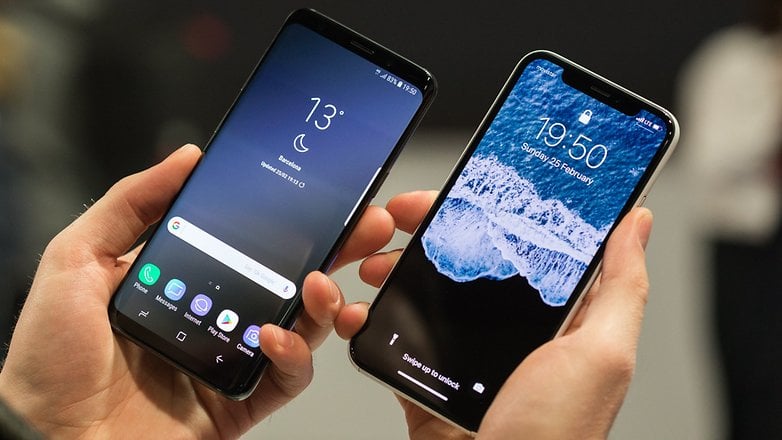
According to Display Mate, the OLED panel of the Samsung Galaxy S9 has the best color representation ever seen in mobile devices (High Absolute Color Accuracy). With a value of 0.7 JNCD (Just Noticeable Color Difference), the site says that the color representation of the Galaxy S9 is practically indistinguishable from total perfection. This does not mean that future smartphone models can't improve upon this value, but it is incredibly close to perfect.
The JNCD value measured here is, to put it simply, the difference between the color taken as reference and the measured color. A value of less than 1 means that the color is so close to perfection that it is indistinguishable from the reference to the naked eye.
We have taken our measurements using a color calibration tool called Spyder 5 Elite and the values we have collected are indeed less than 1 JNCD:
The representation of colors in our test
| Color: | Red | Green | Blue | Yellow | Cyan | Magenta | White |
|---|---|---|---|---|---|---|---|
| x | 0.6813 | 0.2339 | 0.1441 | 0.4353 | 0.1817 | 0.3262 | 0.2979 |
| y | 0.3187 | 0.7157 | 0.0453 | 0.5385 | 0.3246 | 0.1380 | 0.3183 |
| Delta E | 7.9 | 10.2 | 4.7 | 5.9 | 7.6 | 4.8 | 6.7 |
The x and y values of the table represent the difference between the measured value and the ideal value. By combining the two components, the distance measured in JNCD is obtained. Here is an example for red:
0.6813 + 0.3187i (mathematical representation of the vector)
r = 0.7521 (measure of the vector), θ = 25.0694° (angle)
In this case, red has a variation of 0.7521 JNCD, which is excellent, and corroborates the more precisely obtained results from the tests conducted by Display Mate.
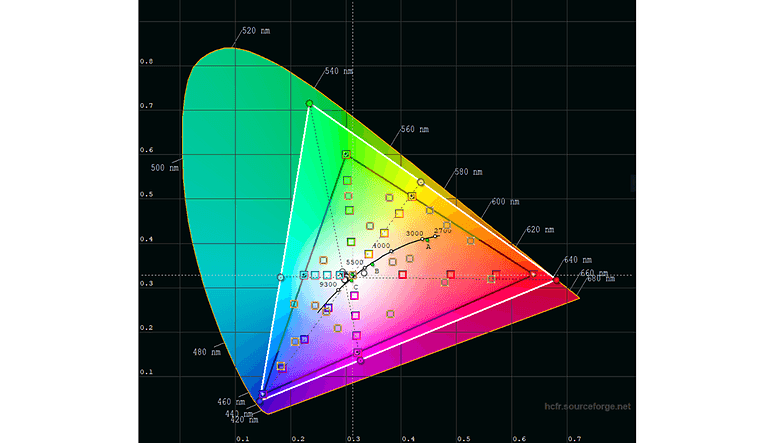
The Galaxy S9 and S9+ are able to correctly represent the sRGB / Rec.709 color range with the screen set to standard mode (to be precise, 107% of this color range). Using the AMOLED Cinema Screen Mode, the devices are able to cover 101% of the DCI-P3 color range for unbeatable results: these smartphones are in fact able to exceed 100% coverage of the DCI-P3 range thanks to a type of OLED panel which has a high saturation called "Deep Red".
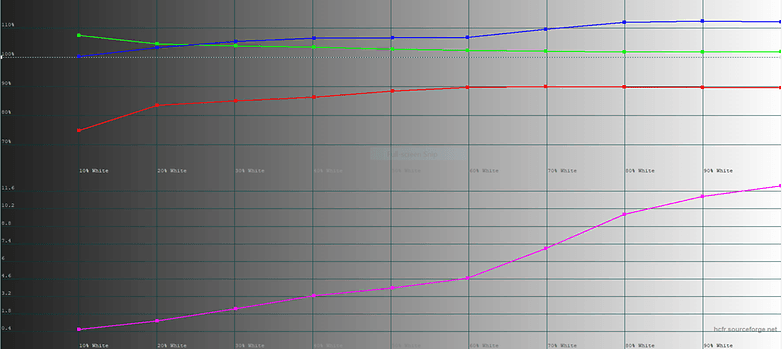
The Adaptive Display mode reaches 141% of the sRGB / Rec.709 standard and 113% of the DCI-P3 standard, which is the highest ever measured on a smartphone. It's also noteworthy that the user can calibrate the white balance: according to our tests, the display is calibrated by default towards a white which is imperceptibly tending towards blue.
From absolute darkness to sunglasses
The unique thing about OLED panels is that every single pixel has its own lighting. This means that since you can control the lighting of each individual pixel independently, the unlit pixels are absolutely black. The consequence of this is that OLED panels offer practically infinite contrast, since it is not even possible to calculate the ratio given the brightness of the black color is equal to 0.
The Galaxy S9 and S9+ displays are no exception to this and feature absolute blacks and very high contrast. Furthermore, according to Display Mate, the new generation of Galaxy flagships has a maximum brightness of 1130 nits, which is just under the value measured for the Galaxy Note 8.
This allows the two smartphones to be perfectly legible in direct sunlight, and even when approaching maximum brightness the color representation only decreases slightly and is imperceptible. All of this guarantees HDR Premium certification from the UHD Alliance and HDR10 certification for both smartphones.
Before buying a smartphone, do you always thoroughly research its display quality? Let us know what you think of these powerful new smartphones in the comments!
Source: Display Mate
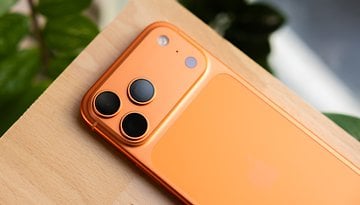
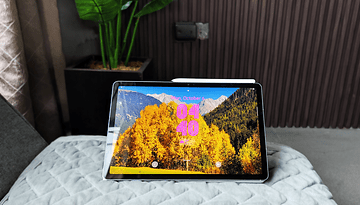

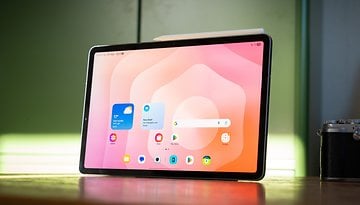
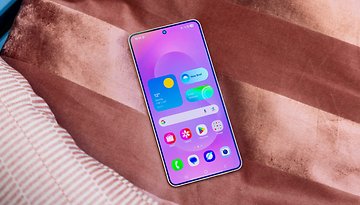
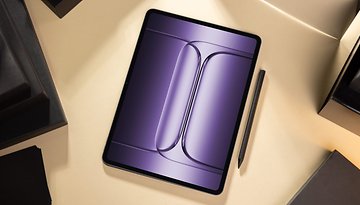

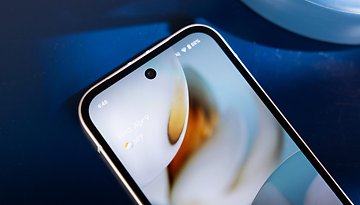
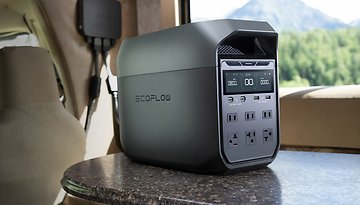
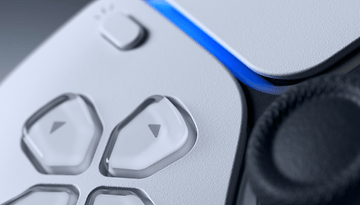
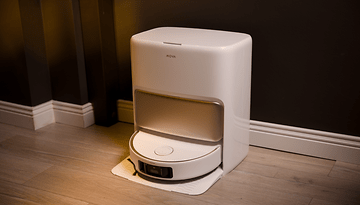



The curved edges are a useless gimmick.
While the curved edges feel nice to hold and maybe look a bit more elegant, I can't stand curved display edges in actual everyday use. They're distracting and impractical for me, but I know others who aren't bothered by them at all.
Nice post. After a long time I found your blog which have a good knowledge about the information I have searched. Thanks for sharing the important points.
After owning two s7edge's and now the s8+ I like the curved display. Plus the main reason I purchase their phones is because their displays are the absolute best. And now with the s9 & plus the display is even brighter by 15% to an already very bright display!